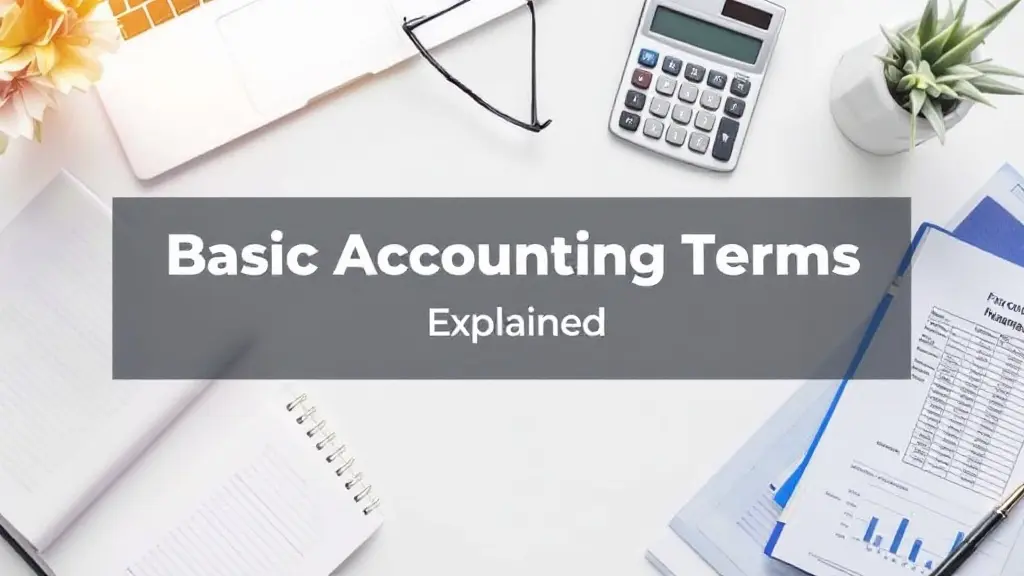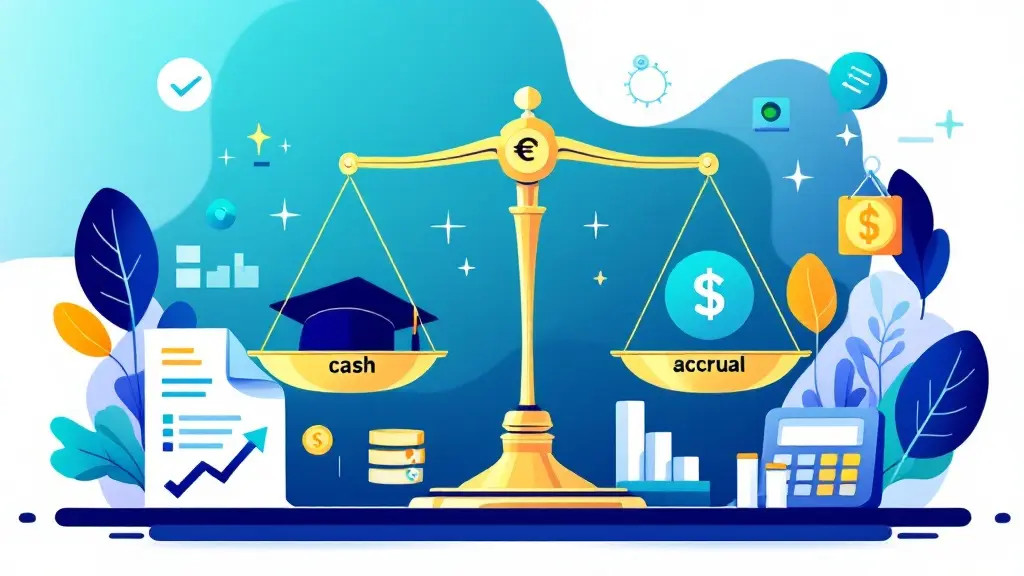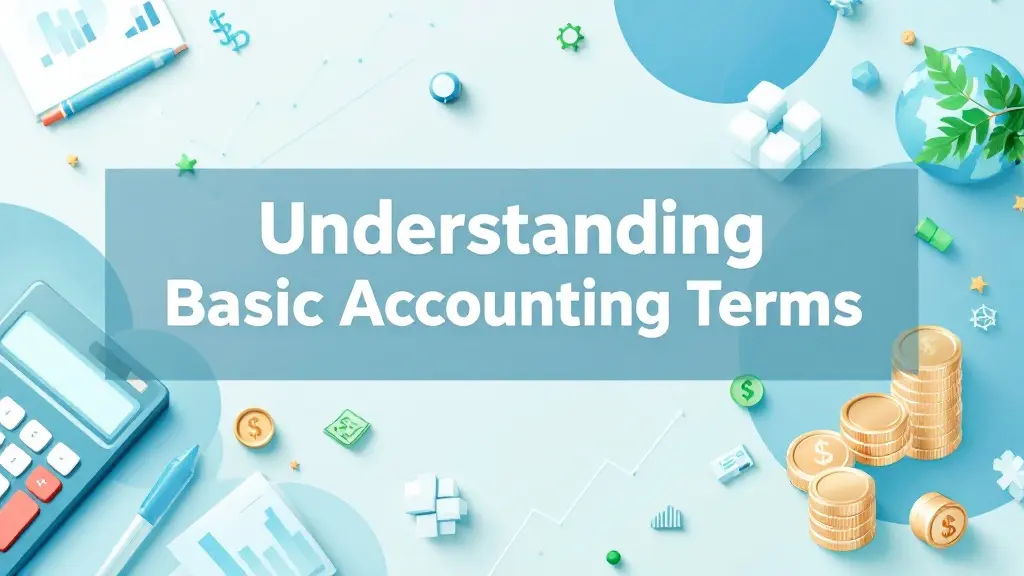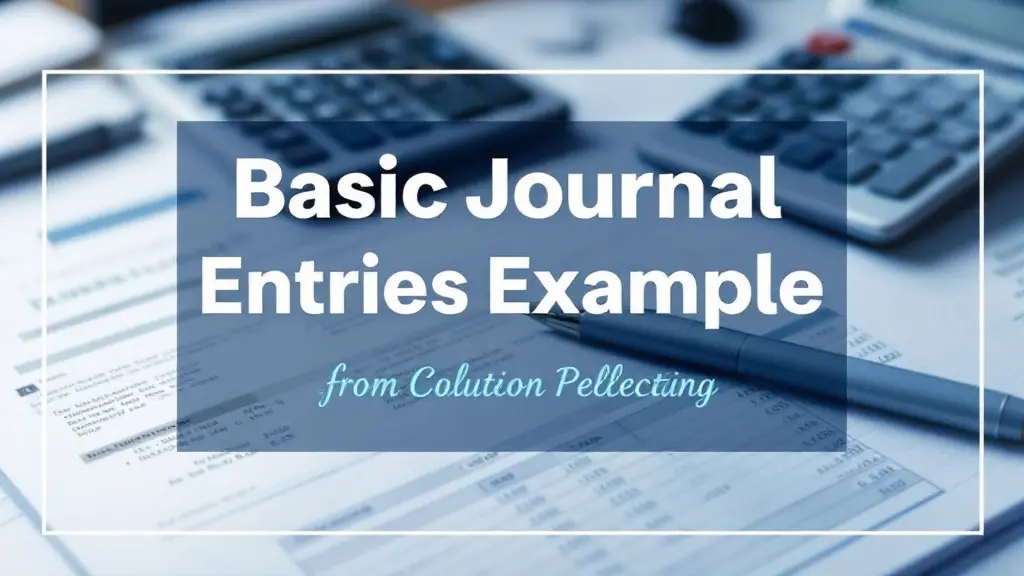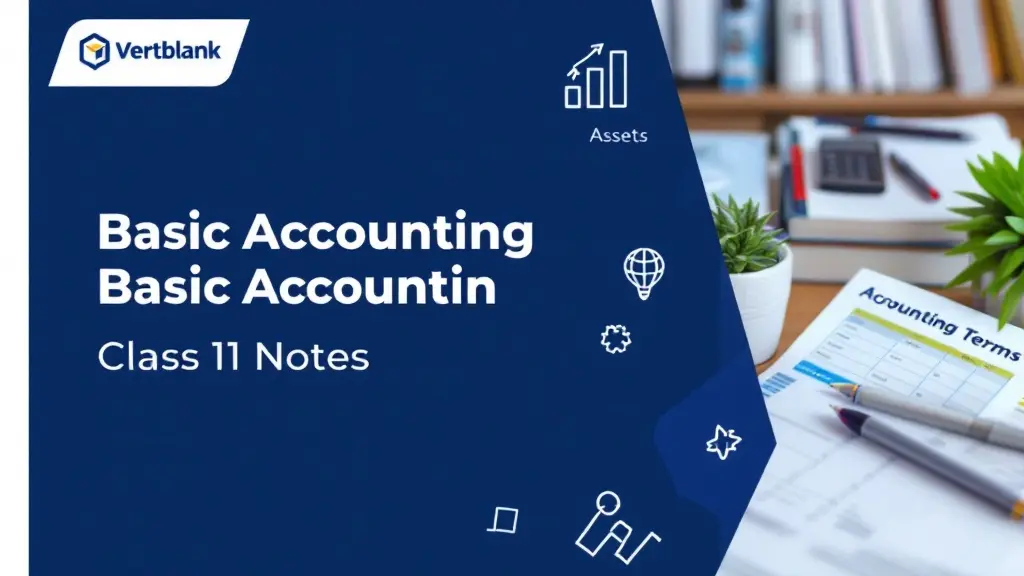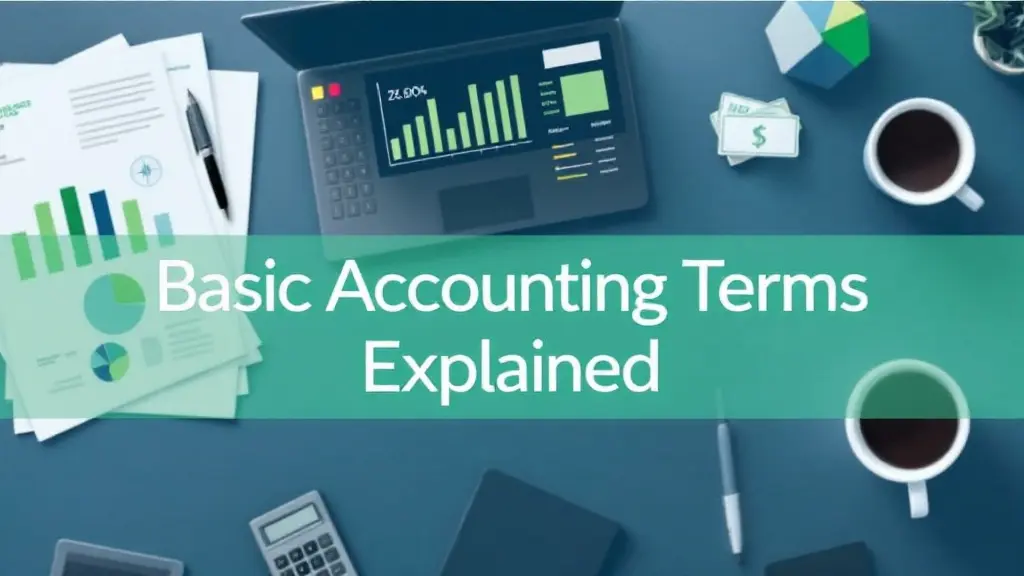The Balance Sheet of a Company in India: A Comprehensive Guide
Table of Contents
Most Read
[fusion_dropcap class="fusion-content-tb-dropcap"]A[/fusion_dropcap] balance sheet is a critical financial statement that provides a snapshot of a company’s financial position at a specific point in time. In India, the balance sheet is an essential tool for both businesses and investors to assess a company’s health, performance, and growth potential. Whether you are a startup owner, accountant, or investor, understanding the balance sheet is key to making informed decisions.
In this blog post, we will explore the key components of a balance sheet, its importance, and how to read and interpret it, all while keeping it simple and easy to understand.
What is a Balance Sheet?
A balance sheet is a financial statement that shows a company’s assets, liabilities, and equity. It provides a clear picture of what the company owns (assets), what it owes (liabilities), and the value of the shareholders’ equity (ownership interest).
In India, businesses are required by the Ministry of Corporate Affairs (MCA) and the Institute of Chartered Accountants of India (ICAI) to maintain and file their balance sheets as part of their financial reporting. The balance sheet follows a fundamental accounting equation:
Assets = Liabilities + Equity
This equation must always balance, which is why it is called a “balance sheet.”
Key Components of a Balance Sheet
1. Assets
Assets are everything the company owns or controls that can provide future economic benefits. They are divided into two categories:
- Current Assets: These are assets that are expected to be converted into cash or used up within one year. Common examples include:
- Cash and Bank Balances: The money the company holds.
- Accounts Receivable: Money owed to the company by its customers.
- Inventory: Goods that the company holds for sale or use in production.
- Short-Term Investments: Investments expected to be realized within a year.
- Non-Current Assets (Fixed Assets): These are long-term assets that are not expected to be converted into cash within one year. Examples include:
- Property, Plant, and Equipment (PPE): Tangible assets such as buildings, machinery, and land.
- Intangible Assets: Non-physical assets like patents, trademarks, and goodwill.
- Long-Term Investments: Investments that are meant to be held for more than a year.
2. Liabilities
Liabilities are the company’s debts or obligations that it needs to repay in the future. Like assets, liabilities are also divided into two categories:
- Current Liabilities: These are obligations that the company needs to settle within one year. Common examples include:
- Accounts Payable: Money owed to suppliers and vendors.
- Short-Term Loans: Borrowings that need to be repaid within the next 12 months.
- Accrued Expenses: Expenses that have been incurred but not yet paid, such as wages and taxes.
- Non-Current Liabilities: These are long-term obligations that are due after one year. Examples include:
- Long-Term Loans: Loans that are due for repayment beyond one year.
- Deferred Tax Liabilities: Taxes that are owed in the future but are not due in the current period.
3. Shareholders’ Equity
Equity represents the residual interest in the assets of the company after deducting liabilities. It is also known as “net worth” and shows the value of the business to its owners. Shareholders’ equity includes:
- Paid-Up Capital: The amount of capital invested by the shareholders.
- Retained Earnings: Profits that the company has kept for reinvestment rather than paying out as dividends.
- Other Reserves: Various reserves that the company might have accumulated over time, such as revaluation reserves or statutory reserves.
How to Read a Balance Sheet
Reading a balance sheet can be intimidating at first, but once you understand the basics, it becomes easier to interpret. Here’s a step-by-step guide to help you read a balance sheet effectively:
1. Start with the Assets
Look at the assets section of the balance sheet to see what the company owns. Pay attention to the division between current and non-current assets. A high proportion of current assets indicates that the company is relatively liquid and able to meet short-term obligations, while a larger portion of non-current assets may indicate long-term investments and growth.
2. Examine the Liabilities
Next, check the liabilities section to see what the company owes. Like assets, liabilities are divided into current and non-current liabilities. A large portion of current liabilities might indicate potential liquidity problems if the company is unable to meet its short-term debts.
3. Assess the Shareholders’ Equity
Finally, look at the shareholders’ equity section to determine the value of the company from the owners’ perspective. A growing equity figure generally signals a healthy, profitable company, while a decline in equity could raise red flags.
Importance of the Balance Sheet for Indian Companies
A balance sheet is more than just a requirement for compliance; it offers valuable insights into the financial well-being of a business. Here are some key reasons why balance sheets are important for companies in India:
1. Financial Health Assessment
By analyzing the balance sheet, you can assess the company’s financial stability. It shows whether the company has enough assets to cover its liabilities and how much equity the shareholders hold. A strong balance sheet is a good indicator of a company’s financial strength and its ability to weather economic downturns.
2. Attracting Investors and Stakeholders
Investors and stakeholders rely on the balance sheet to make investment decisions. A well-maintained balance sheet provides transparency and builds trust with investors. It also helps in securing loans from banks and financial institutions, as they use the balance sheet to evaluate the company’s creditworthiness.
3. Decision-Making Tool for Management
For business owners and managers, the balance sheet is an essential tool for making informed decisions about growth, expansion, and financial planning. It helps them understand the resources at their disposal and the liabilities they need to manage.
4. Legal Compliance
In India, maintaining a balance sheet is a legal requirement for companies registered under the Companies Act, 2013. It ensures compliance with regulatory standards set by the Ministry of Corporate Affairs (MCA) and the Securities and Exchange Board of India (SEBI).
Balance Sheet Ratios: Key Metrics to Watch
To get a better understanding of a company’s financial health, you can analyze certain key ratios derived from the balance sheet:
- Current Ratio: Measures a company’s ability to pay its short-term liabilities with its short-term assets. It’s calculated by dividing current assets by current liabilities. Current Ratio=Current AssetsCurrent Liabilities\text{Current Ratio} = \frac{\text{Current Assets}}{\text{Current Liabilities}}
- Debt-to-Equity Ratio: Compares the company’s total debt to its equity, indicating how much of the company’s financing comes from debt. Debt-to-Equity Ratio=Total LiabilitiesShareholders’ Equity\text{Debt-to-Equity Ratio} = \frac{\text{Total Liabilities}}{\text{Shareholders’ Equity}}
- Return on Assets (ROA): Measures how efficiently the company uses its assets to generate profit. ROA=Net IncomeTotal Assets\text{ROA} = \frac{\text{Net Income}}{\text{Total Assets}}
- Return on Equity (ROE): Measures how effectively the company generates profit from its equity. ROE=Net IncomeShareholders’ Equity\text{ROE} = \frac{\text{Net Income}}{\text{Shareholders’ Equity}}
Conclusion
The balance sheet is a powerful tool for understanding the financial position of a company in India. By analyzing assets, liabilities, and equity, you can gauge the company’s liquidity, solvency, and overall financial health. Whether you’re a business owner, accountant, or investor, mastering the balance sheet will empower you to make informed decisions that drive success.
As you delve deeper into the balance sheet, remember that it is just one piece of the puzzle. When combined with other financial statements like the income statement and cash flow statement, the balance sheet provides a complete picture of a company’s financial performance and potential.
By keeping a close eye on the balance sheet, businesses can navigate challenges, attract investment, and pave the way for long-term growth and success.


